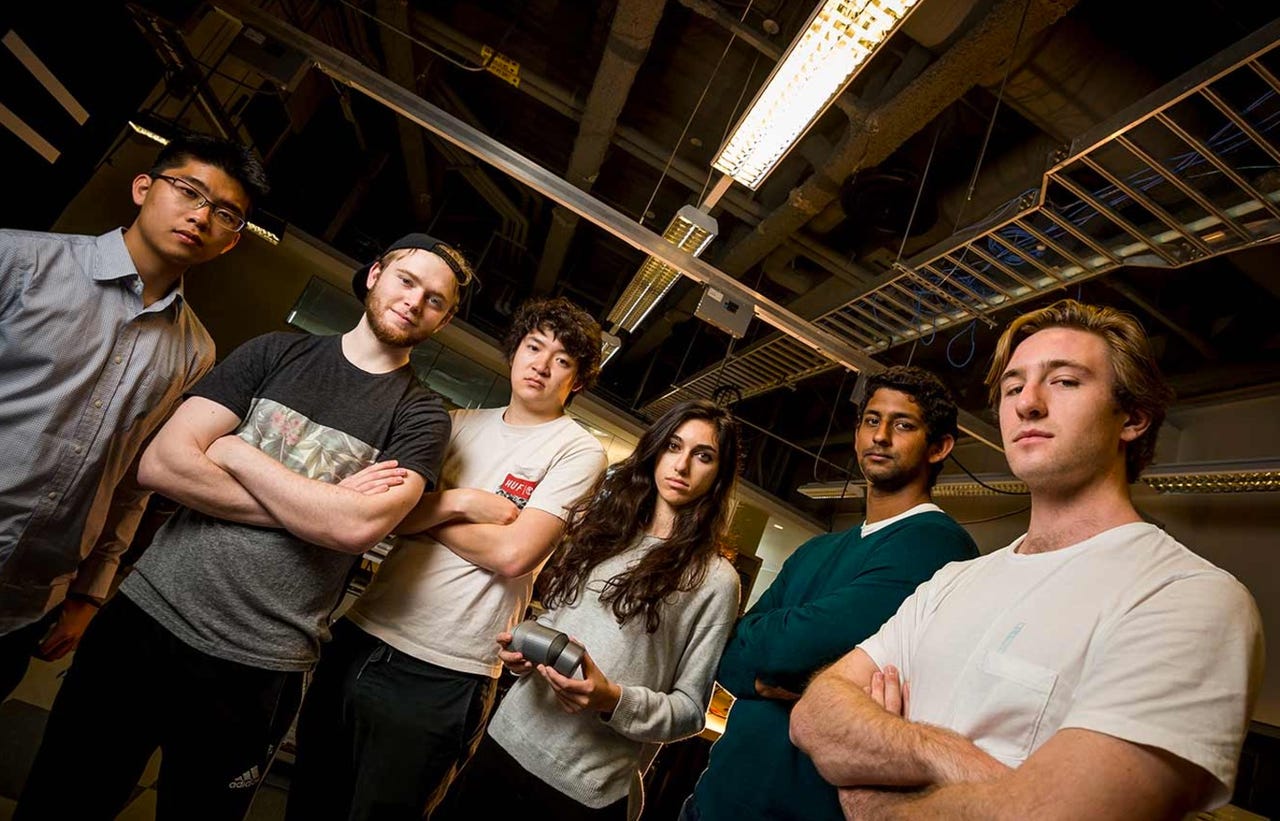Student team aims to brew beer on the moon


A team of engineering students hopes to contribute to our spacefaring ventures by brewing beer on the moon.
It might seem like a pipe dream to many, but for a group of students from the University of California at San Diego, there is a chance to take their research beyond Earth's surface.
The Lab2Moon competition, held by TeamIndus, is offering students the chance to secure a spot on the TeamIndus rocket this year.
Competitors have been asked to "imagine, design and build an experiment that will help us build a sustainable life on the Moon," and the UC San Diego team has come up with a way to make sure spacefarers have their daily brew.
Taking craft beer to the next level, the students want to test whether it is viable to ferment yeast and create batches of beer on the moon. However, the experiment is not just a whimsical concept for astronauts to BYOB, but as the team says, "understanding how yeast behaves on the moon isn't just important for brewing beer in space, it's also important for the development of pharmaceuticals and yeast-containing foods, like bread."
If yeast is viable, this could mean that other food staples could also be manufactured outside of our home planet.
Indian startup TeamIndus is one of five teams which have secured a spacecraft launch contract through the Google Lunar XPRIZE challenge and are offering space for students on their vessel. The UC San Diego students, calling themselves "Team Original Gravity," are one of 25 teams selected from 3,000 entrants by TeamIndus to compete for a spot onboard, which will launch on 28 December.
"The idea started out with a few laughs amongst a group of friends," said Neeki Ashari, a fifth-year bioengineering student at UC San Diego. "We all appreciate the craft of beer, and some of us own our own home-brewing kits. When we heard that there was an opportunity to design an experiment that would go up on India's moonlander, we thought we could combine our hobby with the competition by focusing on the viability of yeast in outer space."
The preparation work for the beer -- up to the stage of adding yeast -- will all be done on Earth, and rather than separating the fermentation and carbonation stages of brewing beer, the team plans to combine them.
This eradicates the need to release CO2 accumulated in the process, which may result in sanitation and safety issues out in space.
Instead of testing fermentation and yeast viability through density measurements in the standard way which requires gravity, the beer will be tested through "pressure," made possible through learning the volume and original gravity measurements before the process begins.
This way, pressure buildup can be converted to measure how far along the fermentation progress the beer has reached.
If selected, Team Original Gravity will not only be the first to brew beer in outer space, but the fermentation will take place in a vessel no bigger than a soda can.
"Our canister is designed based on actual fermenters," explained Srivaths Kaylan, a member of the team. "It contains three compartments -- the top will be filled with the unfermented beer, and the second will contain the yeast."
"When the rover lands on the moon with our experiment, a valve will open between the two compartments, allowing the two to mix. When the yeast has done its job, a second valve opens and the yeast sink to the bottom and separate from the now fermented beer," Kaylan added.
All teams competing for the place will showcase their ideas in Bangalore, India, in March.
Sadly, you won't be enjoying moon beer in your local craft beer bar anytime soon, as no samples will be brought back. However, this small experiment could provide important data on just how viable it is for us to manufacture and create our own resources on other planets and moons by learning how consumables behave in different environments.